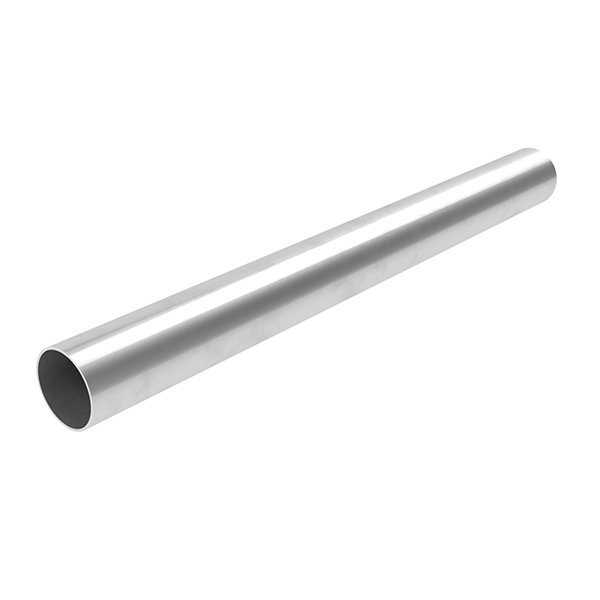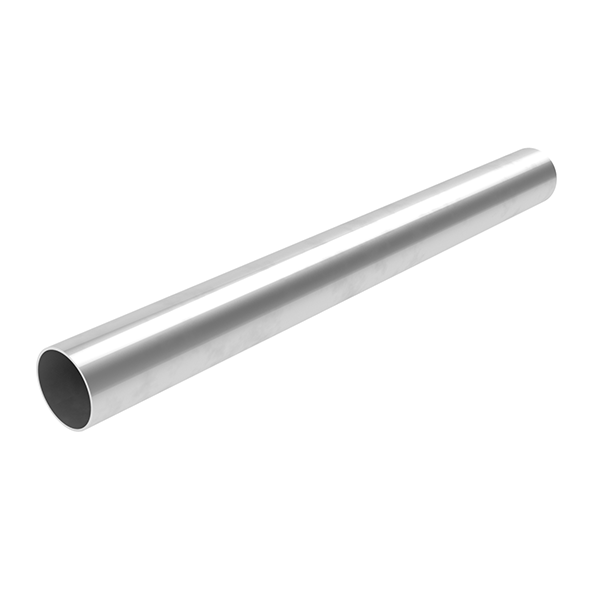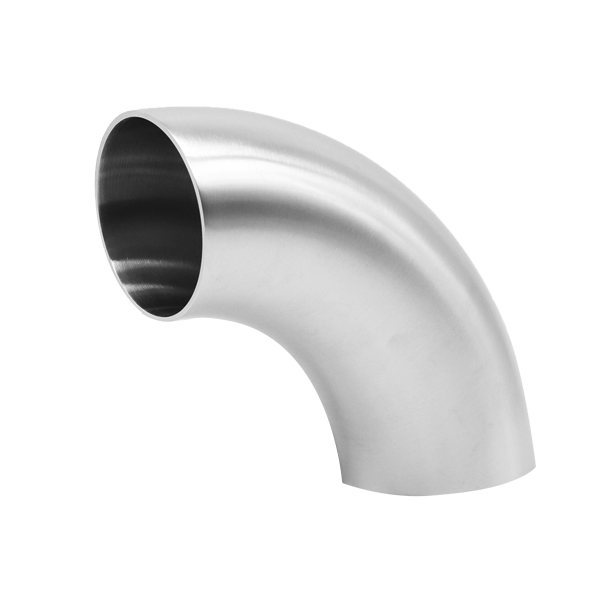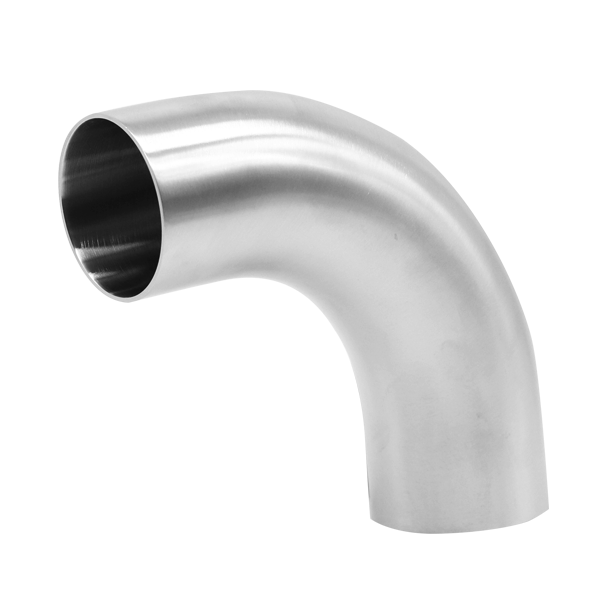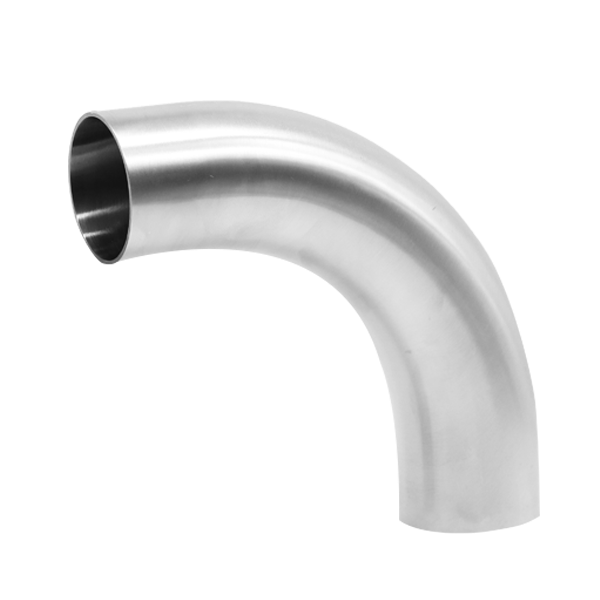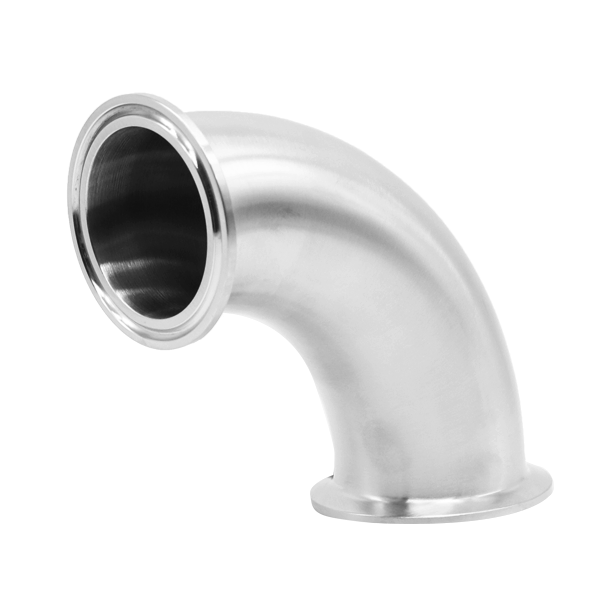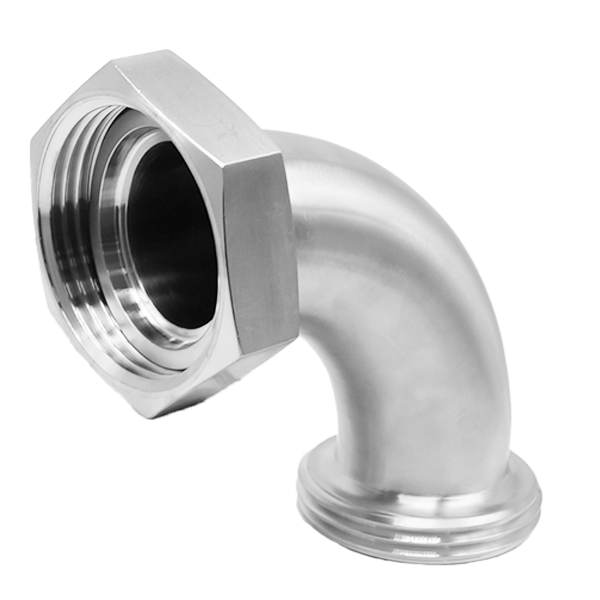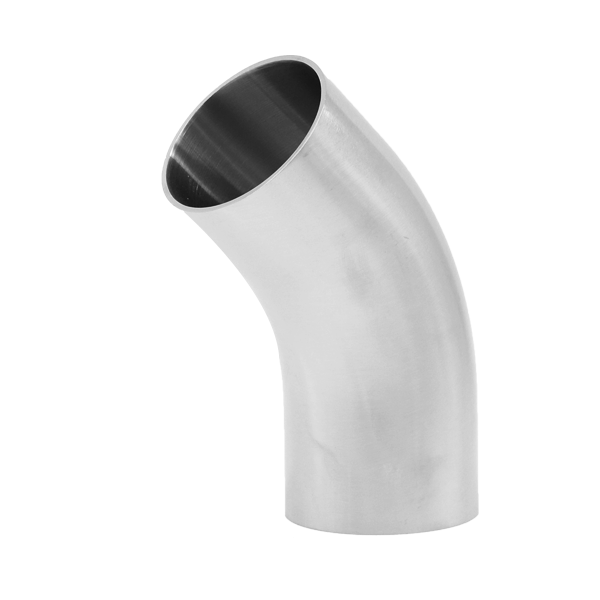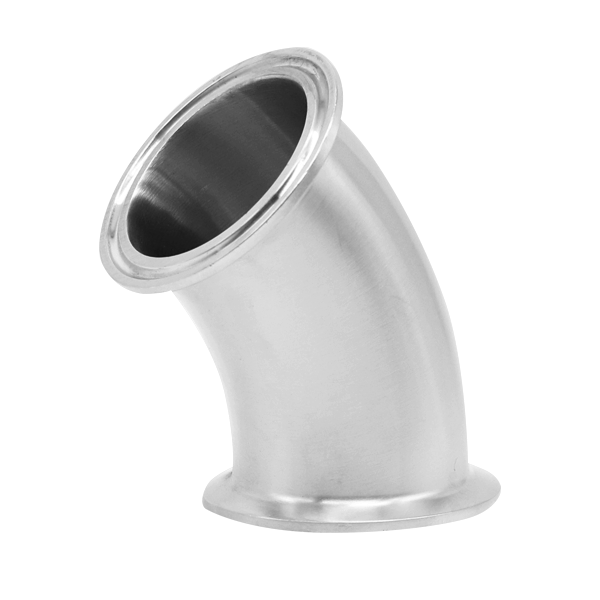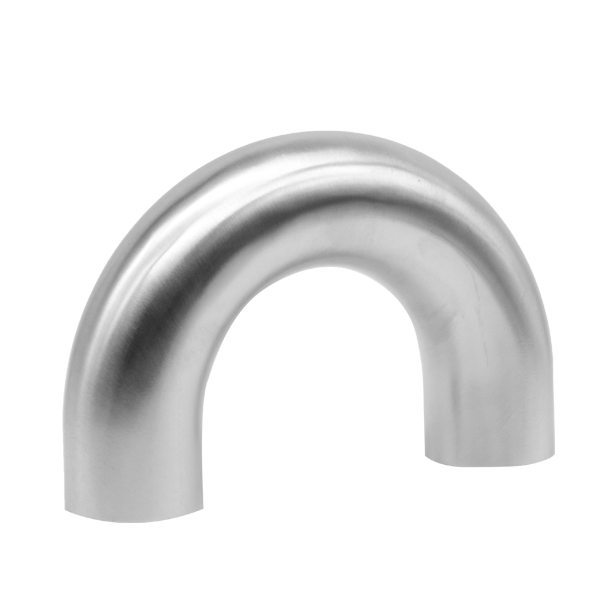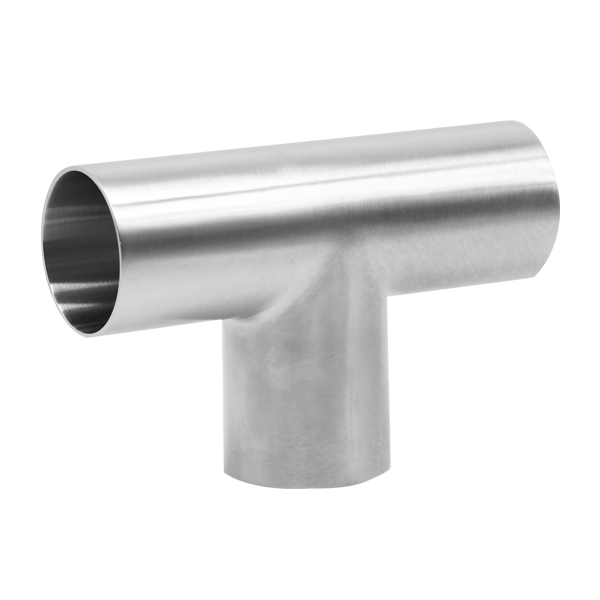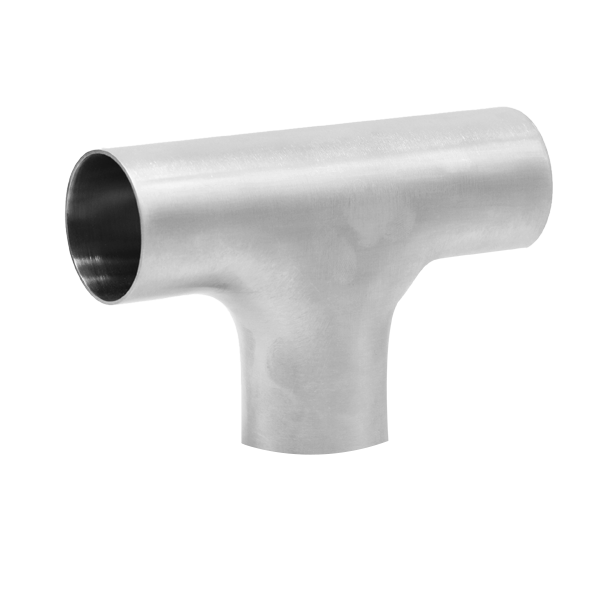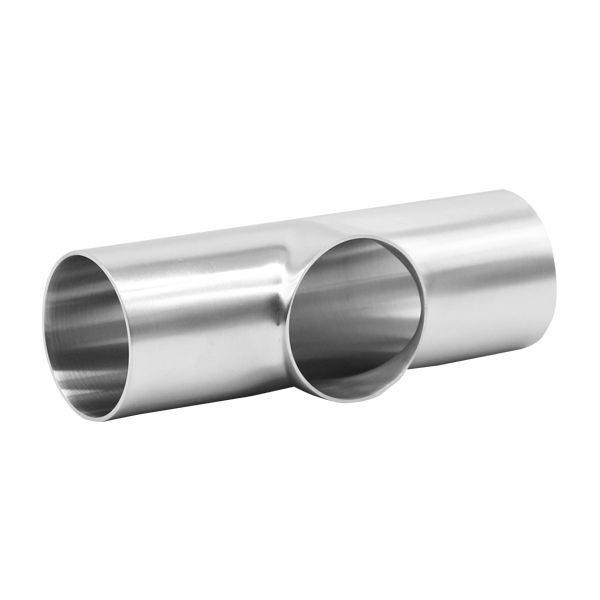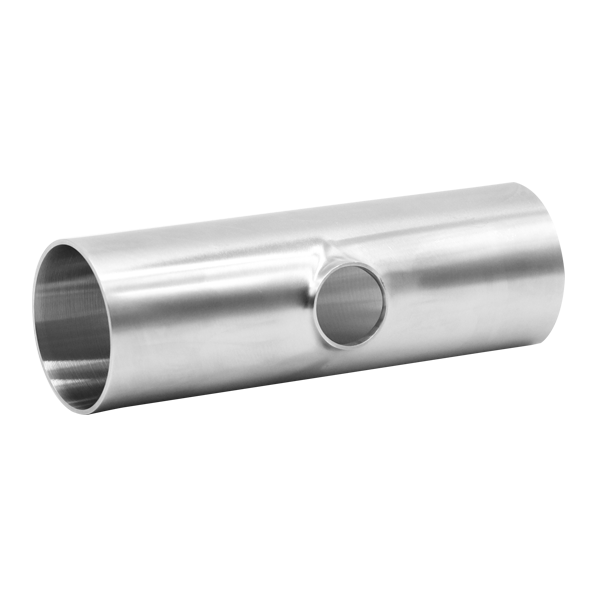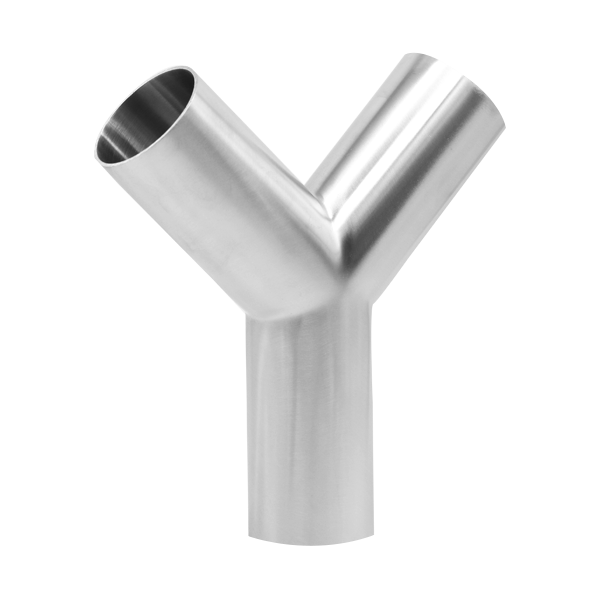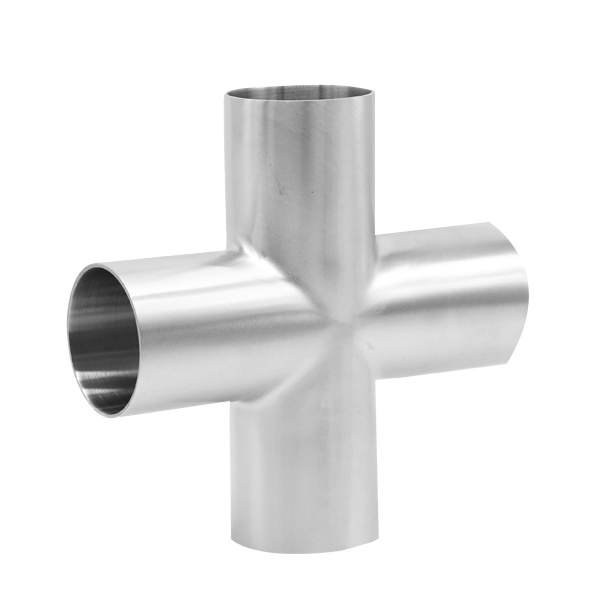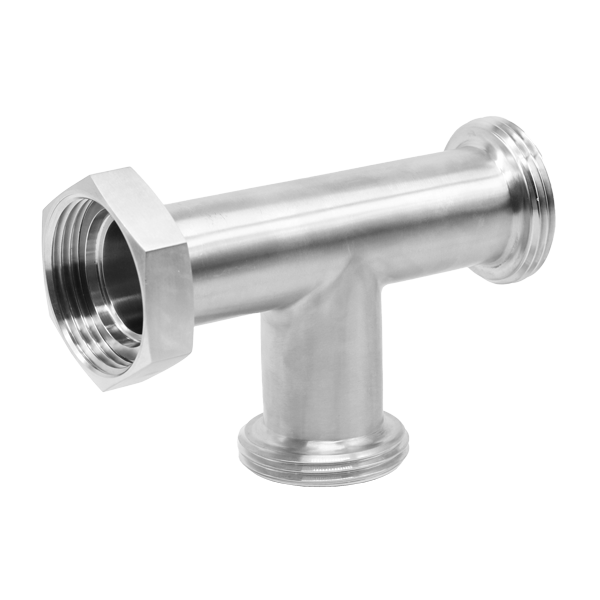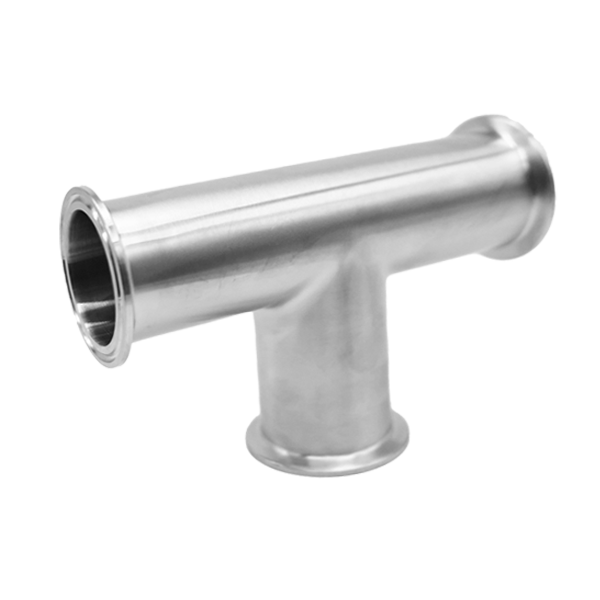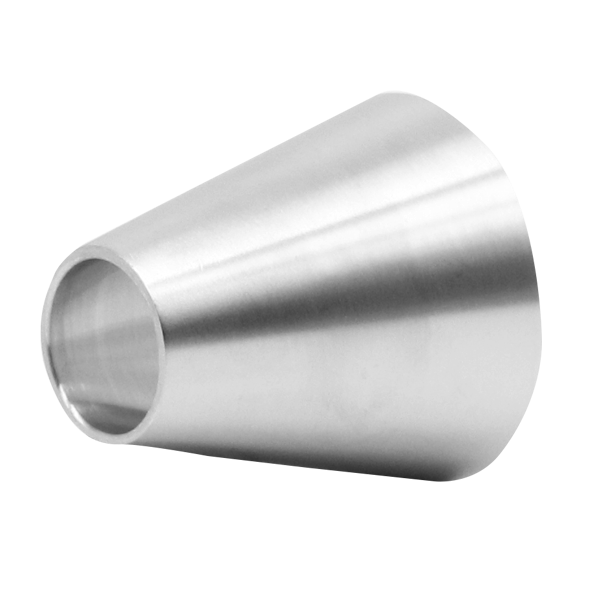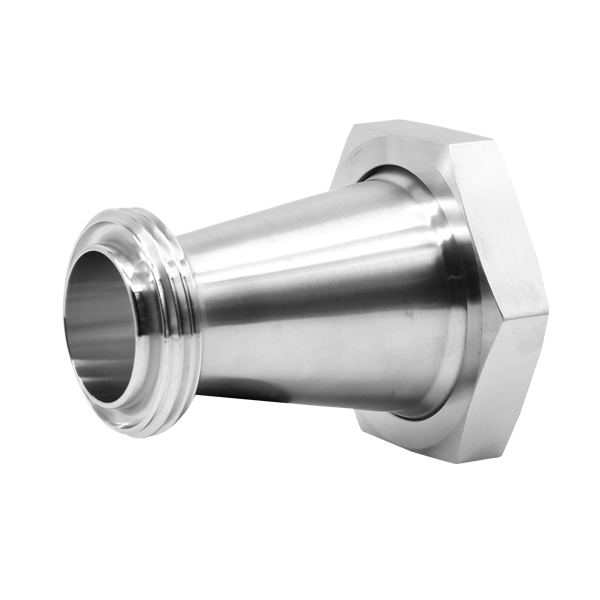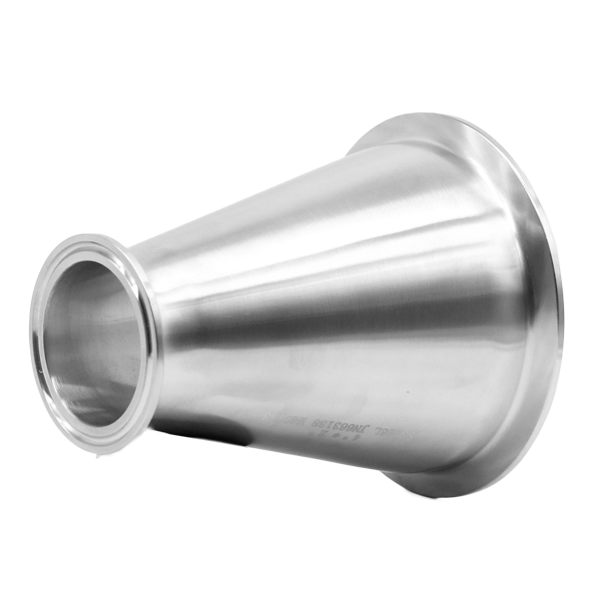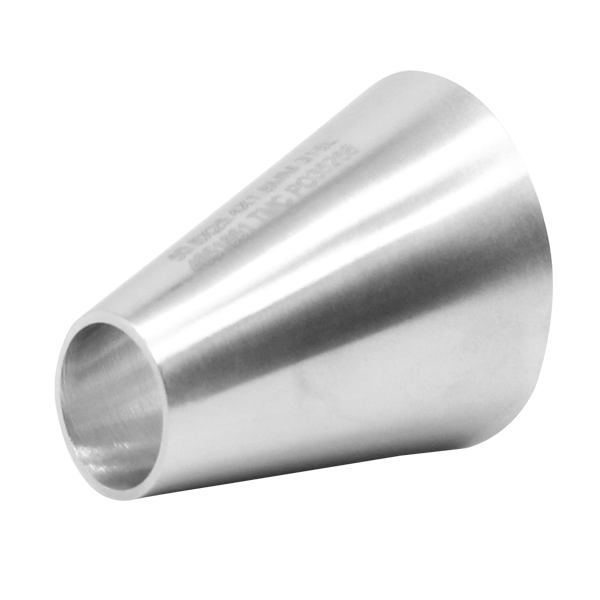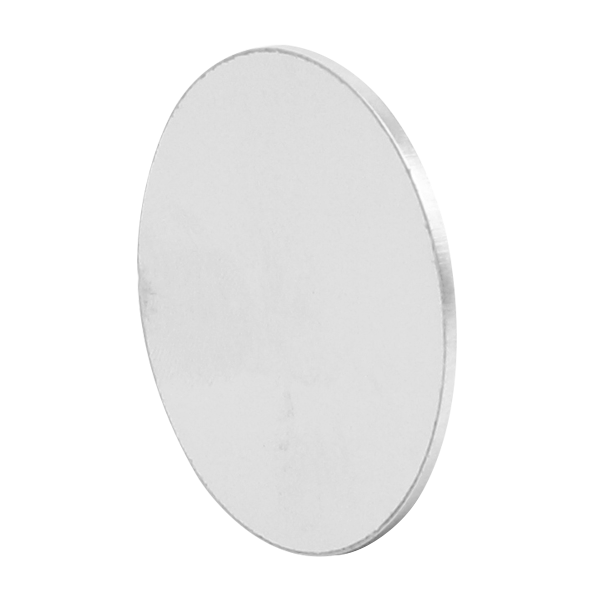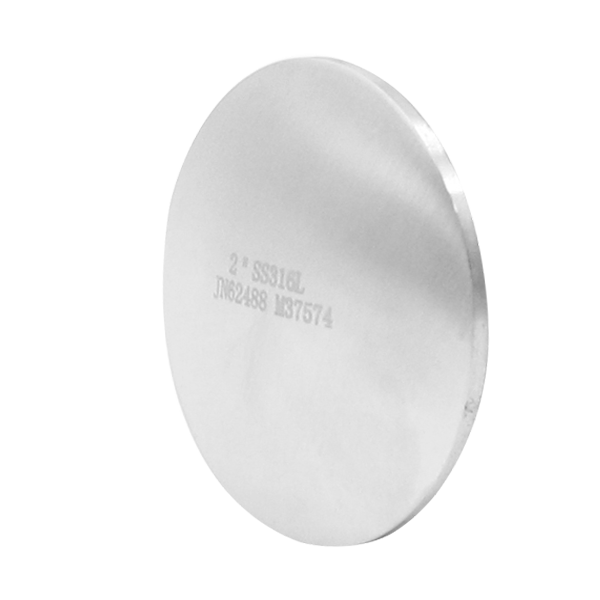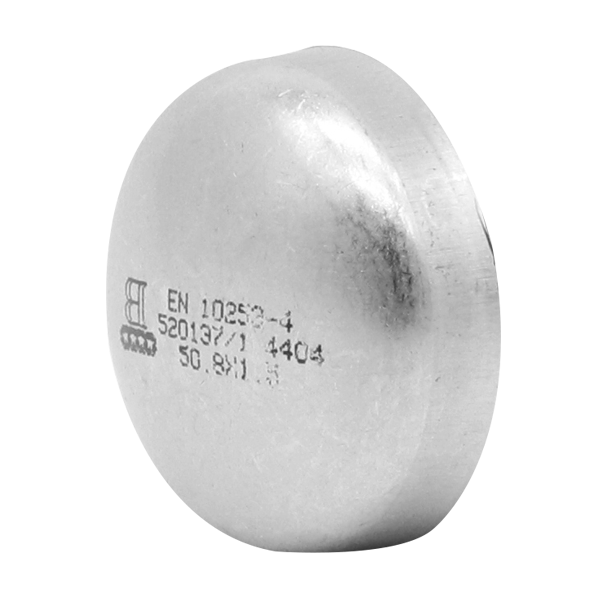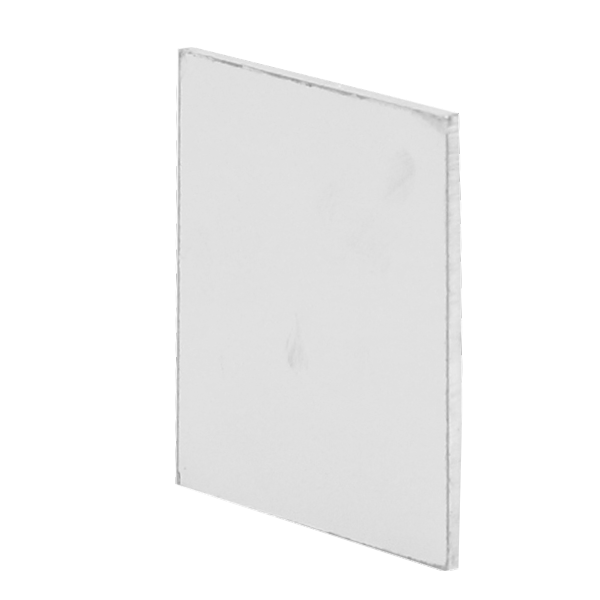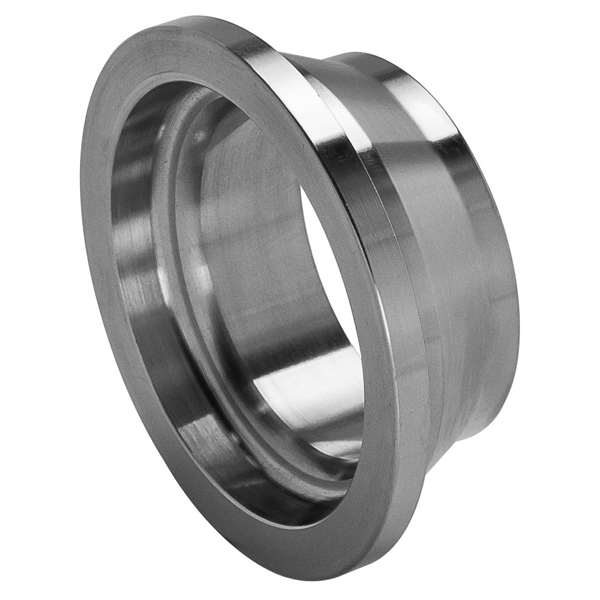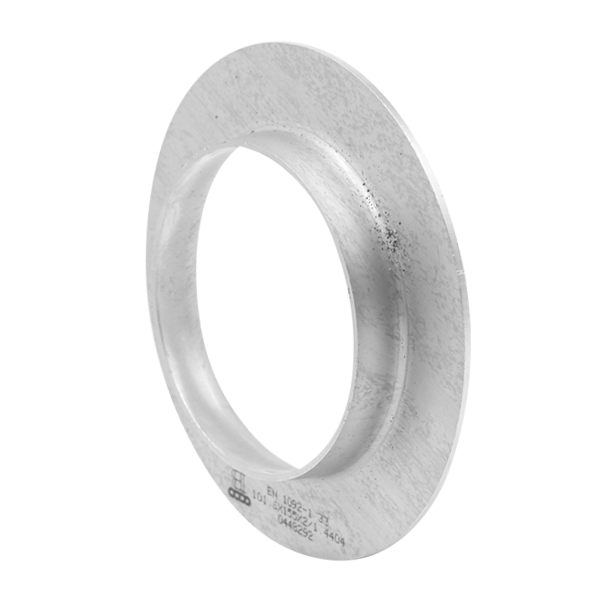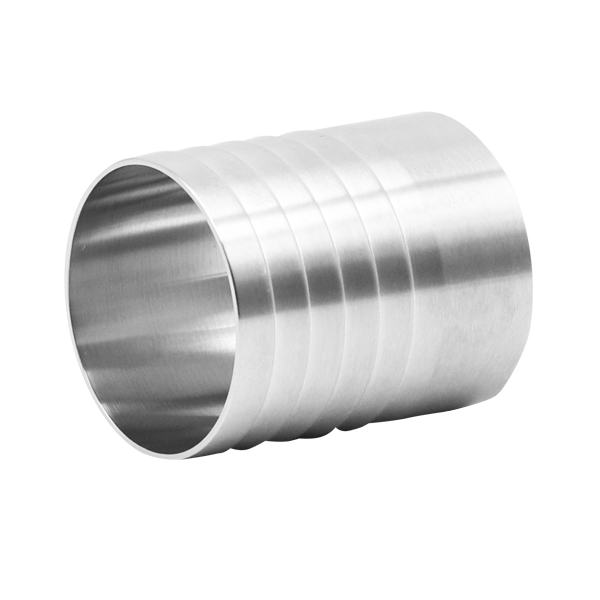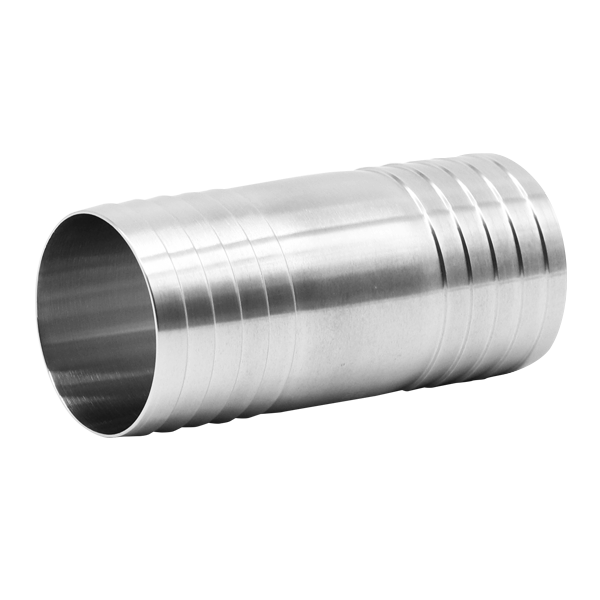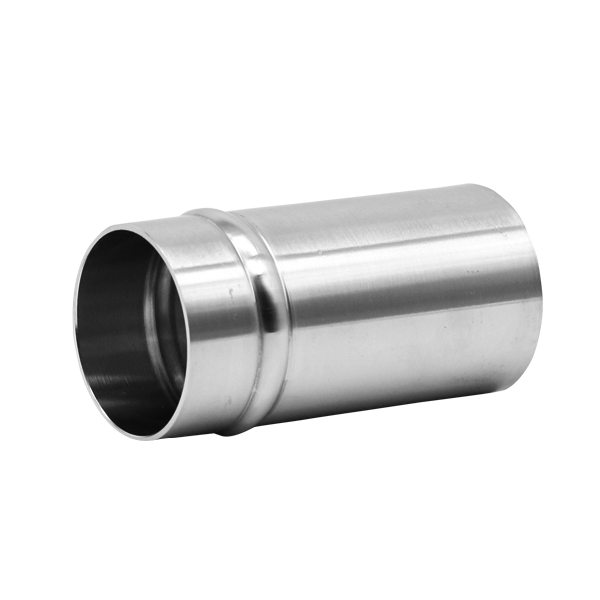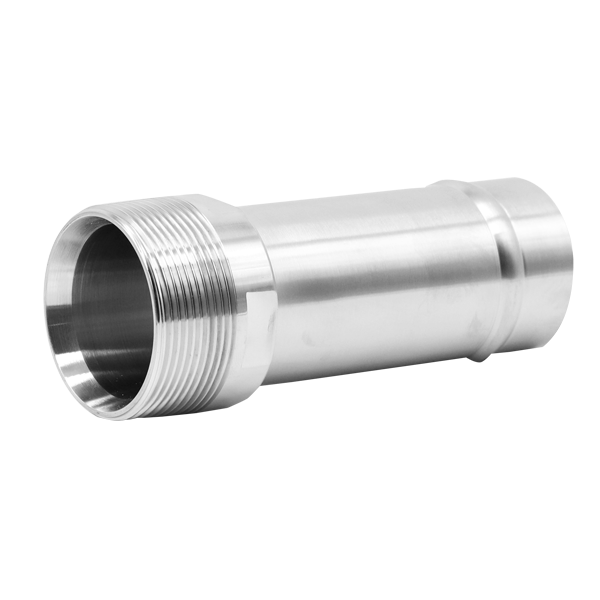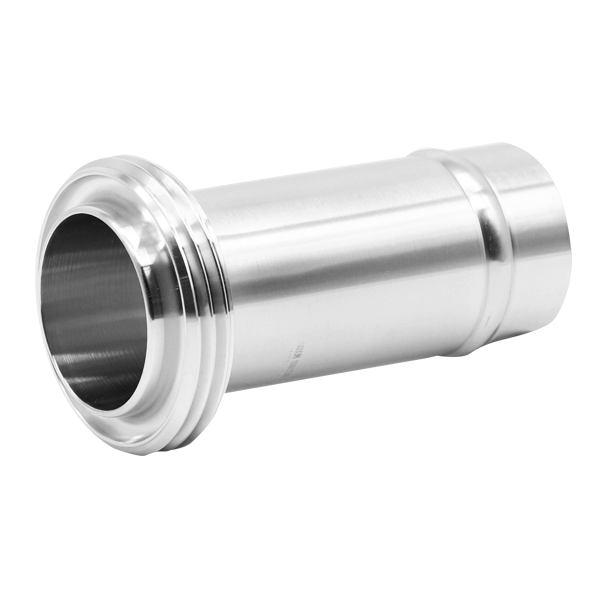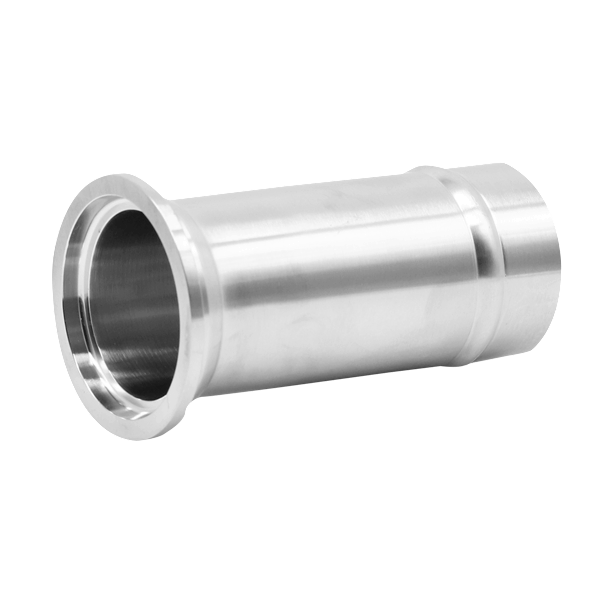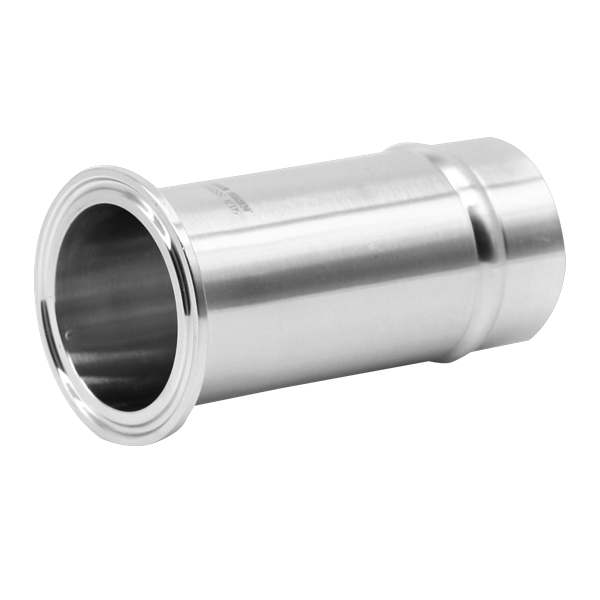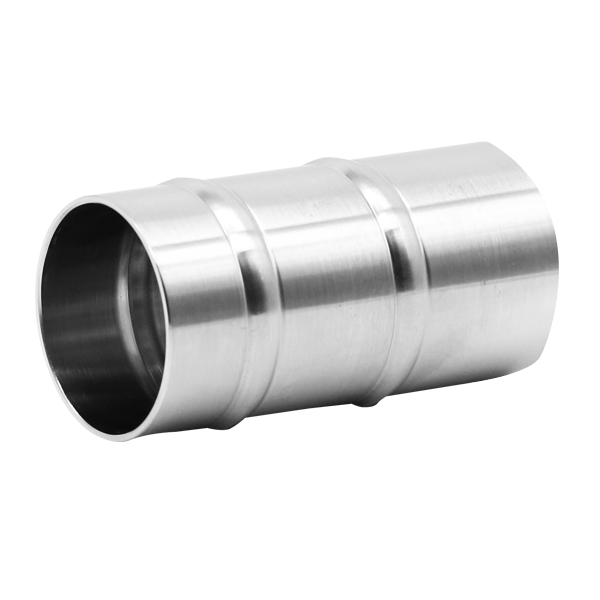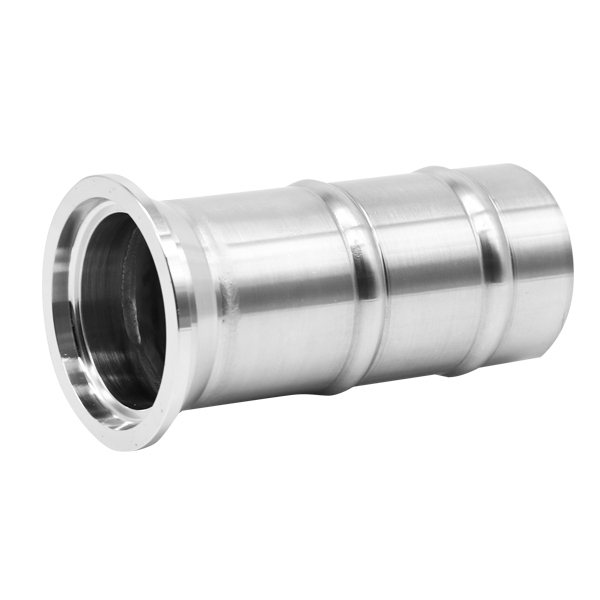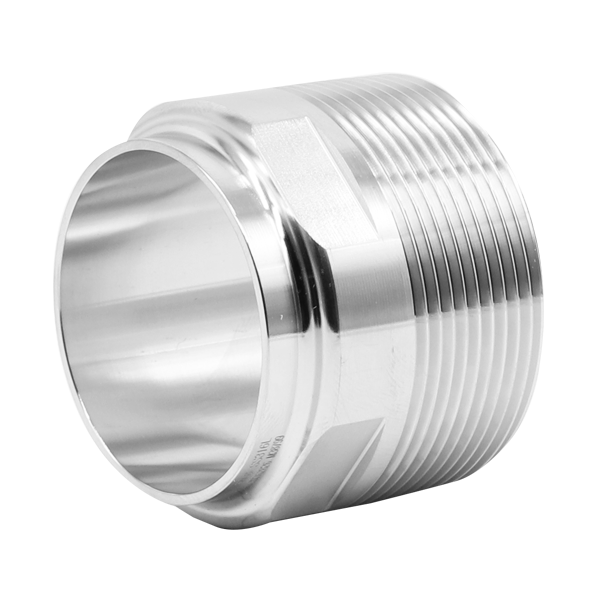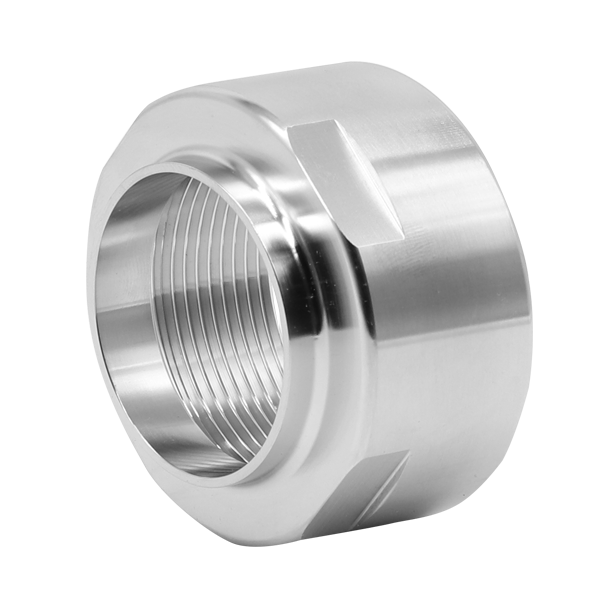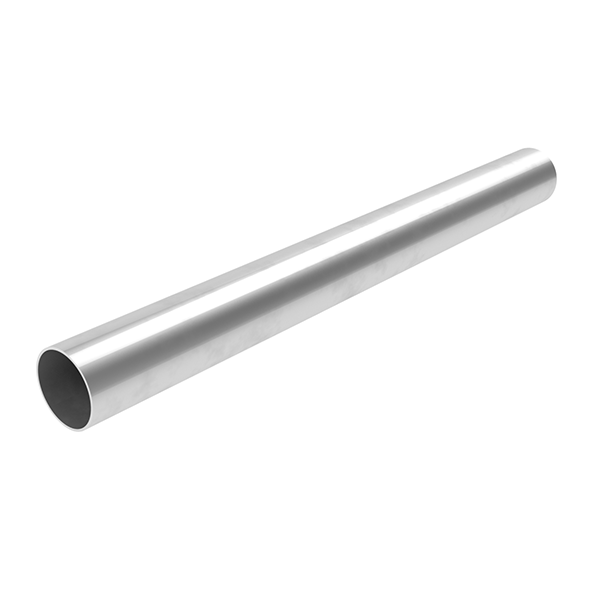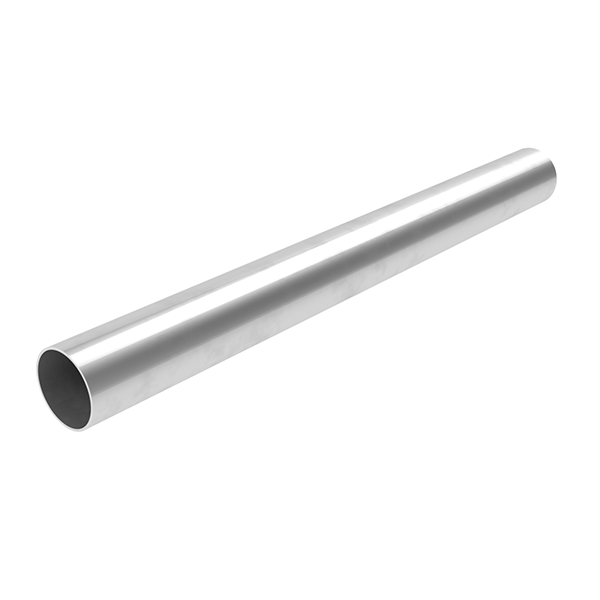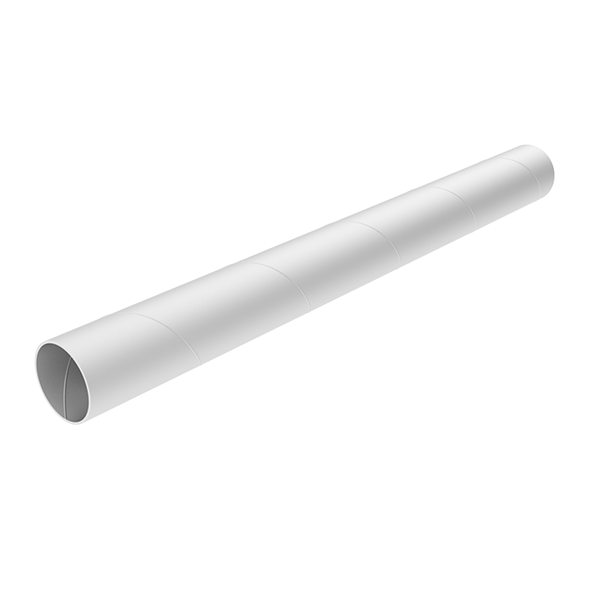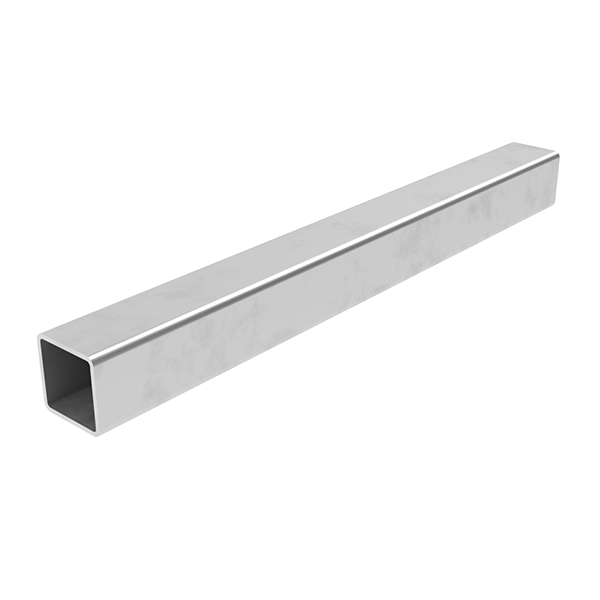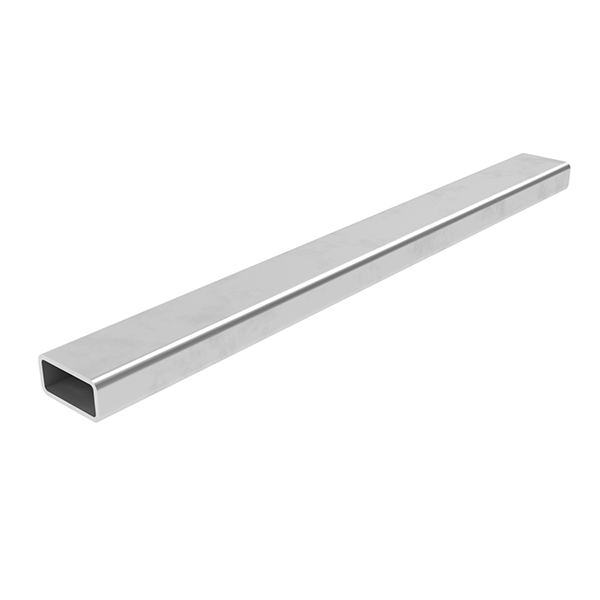Tube is commonly used for a wide range of purposes including food & beverage process lines & structures, irrigation, pumping, petrochemical, geothermal, marine, agriculture and machinery, automotive, and architecturally.
About
Tube is cold rolled which means that it has been rolled from a stainless steel coil while cold. This results in a smooth hard finish. It is normally finished with a 180 or 320 grit polish, although it can also be polished to even smoother finishes. It comes in different shapes such as square, rectangular and cylindrical.
Tube is measured based on the OD or outside diameter and wall thickness.
We stock dairy tube, general purpose tube, square tube, rectangle tube, and press-fit tube.
Round tube can be polished internally to make it hygienic, which is commonly known as Dairy Tube in New Zealand. Our Dairy Tube is manufactured to the AS1528.1 Standard. The naming convention for Dairy tube in NZ uses imperial inch sizing, so its commonly known as 1”, 2” tube etc.
General Purpose Tube is the same as Dairy Tube but the weld seam hasn’t been polished. It’s also commonly known as hand rail tube. This makes it a more economic alternative for non-hygienic applications that use Dairy Tube sizes such as glycol or handrails.
Both Dairy Tube & General Purpose tube are polished to a 320 grit and are available in 304 & 316 grade stainless steel. We stock Dairy tube from ¼” to 8”, and General Purpose tube from 1” to 8”.
Square and Rectangle tubes are commonly used for building structures and frames. They are polished to a 180 grit finish making them an ideal material for use in clean environments. We stock a range of sizes and thicknesses from ½” Square tube right up to 150x100x5 Rectangle tube in 304 & 316 Grade Stainless.
Press-fit Tube is measured metrically and fits our press-fit system. This is available in both 304 & 316 from 15mm to 108mm. We can get bigger sizes up to 168mm as needed.
About
Tube is cold rolled which means that it has been rolled from a stainless steel coil while cold. This results in a smooth hard finish. It is normally finished with a 180 or 320 grit polish, although it can also be polished to even smoother finishes. It comes in different shapes such as square, rectangular and cylindrical.
Tube is measured based on the OD or outside diameter and wall thickness.
We stock dairy tube, general purpose tube, square tube, rectangle tube, and press-fit tube.
Round tube can be polished internally to make it hygienic, which is commonly known as Dairy Tube in New Zealand. Our Dairy Tube is manufactured to the AS1528.1 Standard. The naming convention for Dairy tube in NZ uses imperial inch sizing, so its commonly known as 1”, 2” tube etc.
General Purpose Tube is the same as Dairy Tube but the weld seam hasn’t been polished. It’s also commonly known as hand rail tube. This makes it a more economic alternative for non-hygienic applications that use Dairy Tube sizes such as glycol or handrails.
Both Dairy Tube & General Purpose tube are polished to a 320 grit and are available in 304 & 316 grade stainless steel. We stock Dairy tube from ¼” to 8”, and General Purpose tube from 1” to 8”.
Square and Rectangle tubes are commonly used for building structures and frames. They are polished to a 180 grit finish making them an ideal material for use in clean environments. We stock a range of sizes and thicknesses from ½” Square tube right up to 150x100x5 Rectangle tube in 304 & 316 Grade Stainless.
Press-fit Tube is measured metrically and fits our press-fit system. This is available in both 304 & 316 from 15mm to 108mm. We can get bigger sizes up to 168mm as needed.
Videos On Tube
Weld Neck Rings & How They Work With Backing Flanges | Technical Tuesday
Weld neck rings are used in conjunction with backing flanges and provide a secure connection between piping systems. The neck rings that will be discussed are to suit Dairy Tube from 1” to 8” and also Spiral Welded Tube from 8” to 12”. Watch Morgan discuss
Watermark vs Standard RapidPress Tube | Technical Tuesday
Watermark Approval is a mandatory certification program for specific plumbing and drainage products to ensure that they are appropriate and authorised for use. Our standard RapidPress press-fit tube is not accompanied by Watermark Approval. Watch Huntley discuss.
What’s The Difference Between Tube Bend Types? | Technical Tuesday
90 degree Short, Medium and Long Tube Bends are all produced according to the AS1528.1 standard for Stainless steel tube fittings for the food industry, and we stock them in both 304 & 316 grade stainless steel. Watch Morgan discuss the difference between the bends.
How We Send Long Lengths
Watch as Jed discusses how we pick, pack and send your long lengths to you.
What Is Spiral Weld Tube?
Spiral welded tube is commonly used in industry applications such as HVAC / refrigeration, liquid transfer, waste water, irrigation and pumping. Our spiral welded tube and fittings are measured according to their internal dimensions. This means they are incompatible with standard tube or pipe fittings at the same size. Watch Jed discuss what spiral weld is.
What Is Tube?
Tube is commonly used for a wide range of purposes including food & beverage process lines, structures, machinery, automotive and architecturally. It is cold rolled which means that it has been rolled from a stainless steel coil while cold. This results in a smooth hard finish. Watch Jed as he discusses what tube is and talks about what tube we stock.
What Is The Difference Between OD vs ID Tube? | Technical Tuesday
The Metal Company stock a range of OD (outside diameter) and ID (inside diameter) tube. So what's the difference? Watch Huntley discuss the difference between OD and ID tube and also how to measure it.
What is RHS, SHS and CHS? | Technical Tuesday
In the world of engineering and construction, the acronyms RHS, SHS and CHS are often used. This is most common in the United Kingdom and associated countries, including Australia and New Zealand. Watch Huntley discuss more.
Dairy Tube vs. General Purpose Tube | Technical Tuesday
Both General Purpose and Dairy Tube look the same from the outside so what's the difference? It's all about the internal surface, let Huntley explain
What Is The Difference Between Tube and Pipe? | Technical Tuesday
Watch Huntley demonstrate the differences between tube and pipe. From the look and feel to the measurements needed to identify the products.
